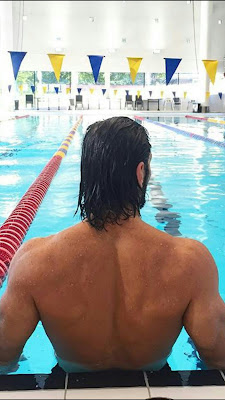In the world of weight lifting, there’s one question that sparks debate like no other: does lower weights with more reps, or higher weight with less reps give you that ripped, toned-all-over body you’re striving for?
If your goal is to bulk up and become defined from head to toe, do you have to do it by killing yourself in the process? Of course not, and the road to getting those results you want may surprise you. Here’s what to know so you can maximize your weight lifting time and get the body you deserve in no time.
• The Science Behind Resistant Training—and Why It Should Matter to You
Resistant training, which is not only used to boost the strength of your muscles but also beneficial for improving your metabolism and bone strength, offers countless benefits to your physical and emotional wellbeing. Do you need to sleep more soundly? Do you want to control those occasional anxiety attacks at work? Do you want toned legs, or a sculpted core? Do you want to increase your confidence or energy level? If so, resistant training is the way.
• Heavy Weights Aren’t the Only Way to Bulk Up
It only makes sense from a logical perspective: if you want bigger muscles, lift bigger weights, right? After all, you wouldn’t lift a tiny weight if you wanted to bulk up or tone your body—that’s just common sense. However, getting stronger and fitter using high, heavier weights isn’t the only way to increase your muscle strength and size. In fact, it’s by using lower weights with a higher number of reps that can make you just as strong—and with a body that’s just as powerful—as those heavier weights can.
Here’s why: Getting your body to a point of fatigue is a crucial ingredient in building muscle mass, so whether you do it with heavy or light weights, the result is the same. Even if your weight is light, push your body to the point of fatigue, and you’ll succeed at improving the strength of your muscle group—while toning and trimming your body.
•No Access to Heavy Weights? No Problem!
One of the added benefits of ‘lifting lighter’ is the accessibility factor. Perhaps you feel like lifting outdoors simultaneously while you take a walk outside, or you have had a recent injury that prevents you from lifting heavy weights. No problem!
Performing lighter weights but more repetitions gives you the same benefits of a strong, fit body without the risk of strain or injury. Change up your routine by combining heavy and light weights to challenge your body further, or alternate ‘light’ and ‘heavy’ weight days to keep your muscles—and your metabolism—striving for continual progress!















